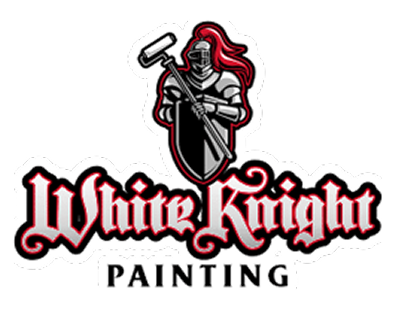Stucco is a popular exterior finish that offers durability, style, and versatility. However, the lifespan of your stucco paint largely depends on the climate. Extreme weather conditions can wear down the paint much faster than expected, leading to cracks, fading, and peeling. Knowing how different climates impact stucco and what steps you can take will help maintain its beauty and protect your investment.
1. Understanding the Impact of Heat and UV Rays
In areas with intense sunlight and high temperatures, stucco paint is constantly exposed to harmful UV rays. Over time, the UV exposure breaks down the paint’s protective layer, leading to fading and premature wear.
What You Can Do:
- Opt for UV-resistant stucco paint that can handle prolonged sun exposure.
- Choose lighter colors, as they reflect more sunlight and prevent the surface from heating up excessively.
- Regular inspections can help you detect early signs of fading and schedule timely stucco painting in Victoria, BC.
2. The Toll of Freezing Temperatures and Moisture
Cold climates bring freezing temperatures that can significantly affect stucco paint. When moisture seeps into stucco and freezes, it expands, causing the paint and stucco to crack or chip. This is known as freeze-thaw damage.
What You Can Do:
- Use high-quality elastomeric paint designed to seal the stucco surface and keep moisture out.
- Make sure to repair cracks immediately to avoid water infiltration.
- Consider scheduling stucco repair before winter sets in to reinforce vulnerable areas.
3. The Role of Humidity and Rain
Regions with high humidity and frequent rain create a constant moisture challenge for stucco. Persistent dampness can lead to mildew growth, paint bubbling, and peeling, reducing the lifespan of your stucco paint.
What You Can Do:
- Apply water-resistant stucco paint that allows the surface to breathe while preventing water damage.
- Keep your gutters and drainage systems clear to prevent water from collecting near walls.
- Schedule regular maintenance to clean mildew and inspect for any signs of water damage.
4. Wind and Sand Erosion in Arid Climates
In dry and windy climates, stucco paint can suffer from sand abrasion and constant exposure to dust particles. Over time, this leads to erosion, dullness, and even fine cracks on the stucco surface.
What You Can Do:
- Apply stucco paint with a thicker, protective finish to resist erosion.
- Use paint specifically formulated for arid conditions to add a durable layer of protection.
- Wash your stucco surface occasionally to remove dust buildup and prevent long-term wear.
Proactive Steps for Long-Lasting Stucco Paint
Regardless of the climate, there are steps you can take to extend the life of your stucco paint:
- Perform annual inspections for cracks, chips, or fading.
- Invest in professional stucco painting every 5-7 years, depending on your location and climate.
- Schedule timely stucco repair to fix damage before it worsens.
- Always use high-quality, weather-resistant paint tailored to your specific climate conditions.
Conclusion:
Climate challenges can take a toll on your stucco paint, but with the right solutions and proactive care, you can keep your home looking beautiful for years to come. Whether your stucco needs a fresh coat of paint or crucial repairs, trust the experts at White Knight Painting. Our team is dedicated to helping you protect your home with professional stucco painting and repair services tailored to your needs.
Ready to give your stucco the attention it deserves? Contact White Knight Painting today to schedule your free estimate and experience exceptional craftsmanship that stands the test of time.
Reach us at:
- Phone: (250) 472-8465
- Email: info@whiteknightpainting.com
Don’t let weather wear down your stucco—act today with White Knight Painting!


